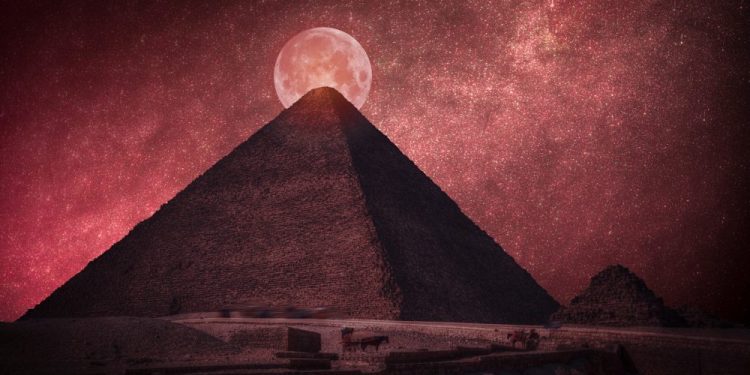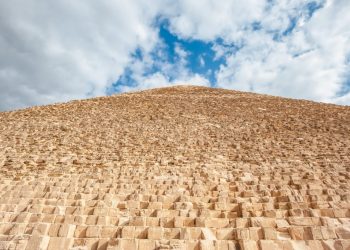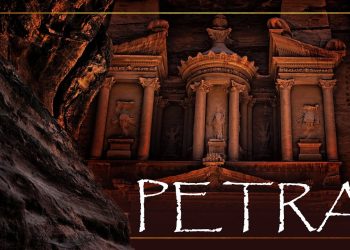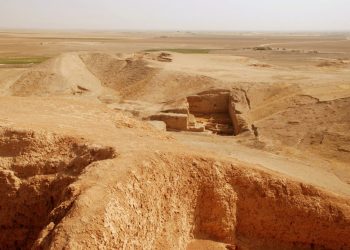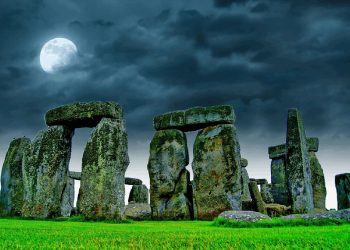At its peak, the Great Pyramid of Khufu was covered in smooth Tura limestone, polished to a near-mirror finish. While historical descriptions often mention the pyramid shining brilliantly in the sunlight, they typically refer to diffuse reflections, where light scatters in all directions. Jennings’ study takes this concept a step further, hypothesizing that the pyramid also produced specular reflections — intense, mirror-like beams of light directed at specific points.
These reflections weren’t random. By analyzing the pyramid’s precise orientation (aligned to the cardinal directions) and its 51.8° sloped sides, Jennings identified how sunlight might have been reflected toward key locations on the horizon, including Heliopolis and Memphis. These bright flashes, lasting only a few minutes, would have been timed perfectly with the movement of the sun, creating dramatic visual displays tied to specific times of the year.
For example, an observer standing in Heliopolis in early February 2560 BCE might have seen the pyramid suddenly brighten as sunlight reflected off its eastern face, shining directly toward the sacred city. These flashes weren’t just a spectacle—they could have symbolized the connection between the pharaoh and Ra, the sun god, reinforcing the ruler’s divine authority.
The Science Behind the Shine
The study dives into the mechanics of how these reflections would have worked. The smooth limestone, with its refractive index of 1.6, could reflect up to 5% of sunlight in the specular direction—comparable to a glass window. For added effect, the pyramidion (capstone), which may have been gilded with gold, could have reflected up to 50% of sunlight, creating a far more intense beam. These materials and finishes were within the capabilities of ancient Egyptian craftsmen, as evidenced by the highly polished granite pyramidions found on other pyramids.
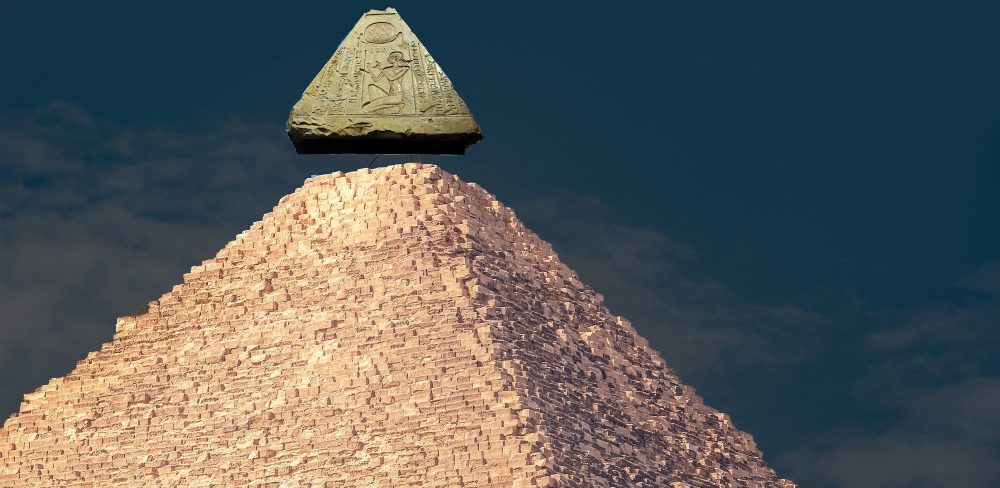
Jennings’ calculations show that reflections could have been visible from sites tens of kilometers away, depending on the pyramid’s state of polish and the atmospheric conditions. The study maps out the annual dates and times when these specular reflections would have occurred. For instance:
- February 6 and November 5: Sunlight from the pyramid’s eastern face would have been directed toward Heliopolis.
- April 23 to May 5 and August 6 to mid-August: Reflections would have swept across the southern horizon, potentially illuminating Memphis and other key sites.
- Equinoxes and solstices: Unique reflections occurred, marking significant solar events.
According to the study, the dates align with ancient Egyptian festivals like Wepet-Renpet, the New Year celebration, which coincided with the spring cross-quarter day in Khufu’s time.
A Beacon of Power and Divinity
The symbolic importance of these reflections cannot be overstated. In a culture where the sun was central to religious and political life, such solar alignments would have reinforced the pharaoh’s status as a divine intermediary. Jennings even speculates that Khafre’s pyramidion, visible over Khufu’s pyramid’s truncated top, could have produced additional reflections, symbolizing a shared celestial bond between the two structures.
While there is no direct historical record of such displays, the study highlights how they could have been an intentional or serendipitous part of the pyramid’s design. By linking sunlight, the pyramid, and key cultural sites, these reflections may have functioned as a form of celestial signaling, tying the physical and spiritual worlds together.
This study adds another layer to the Great Pyramid’s enduring mystique. Beyond its engineering brilliance and massive scale, the pyramid may have served as an active participant in ancient Egyptian life, casting beams of light to mark key moments in the solar calendar and connecting people to the divine.
Whether or not these reflections were a deliberate feature of the pyramid’s design, Jennings’ research offers a captivating glimpse into the interplay of light, architecture, and meaning in one of history’s greatest civilizations. The Great Pyramid isn’t just a relic of the past — it’s a structure that continues to illuminate our imagination!



